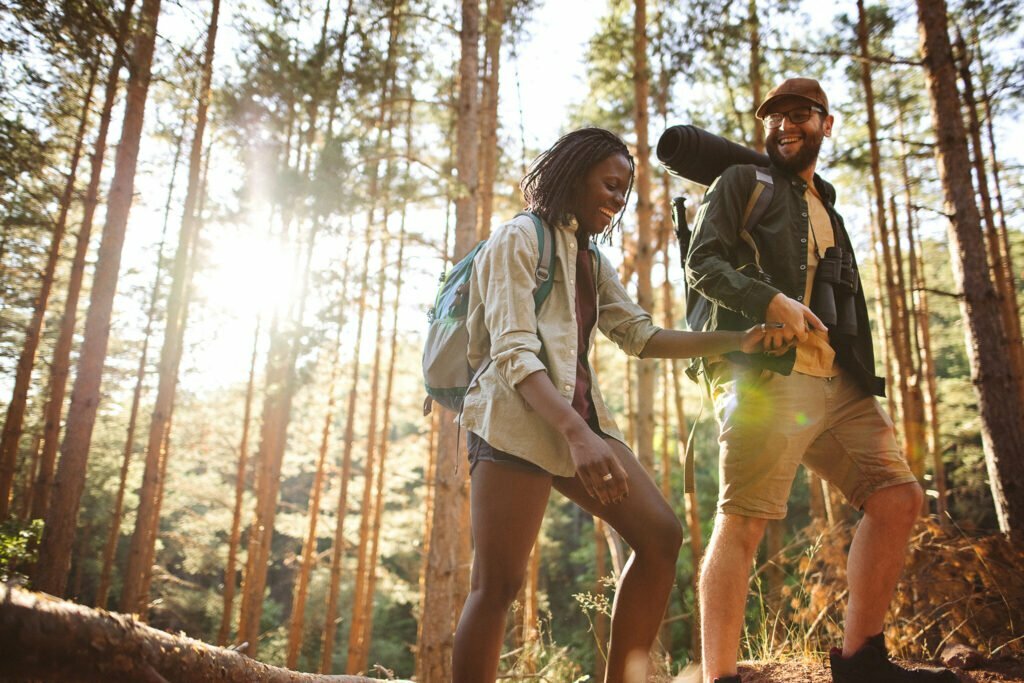Taking in the sights: fitness tips for hiking in Canada


Hiking in Canada offers incredible opportunities to explore the country’s stunning landscapes and connect with nature. Whether you’re embarking on a leisurely day hike or a multi-day trek, it’s important to prepare your body and prioritize your physical well-being.
Here are a few tips to consider before embarking on your hike:
Warm-Up: Prepare Your Muscles
Before hitting the trail, warm up your muscles with light aerobic exercises such as brisk walking or jogging. This increases blood flow and warms up your muscles, reducing the risk of injuries. Additionally, perform dynamic stretches for your legs, hips, and shoulders to improve flexibility and range of motion.
Lower Body Stretches: Enhance Flexibility and Prevent Strain
Hiking places significant stress on your lower body, so it’s crucial to prioritize stretches for your leg muscles. Focus on stretches for your quadriceps, hamstrings, calves, and hip flexors. Incorporate exercises like lunges, standing quad stretches, and calf stretches to maintain flexibility, prevent muscle imbalances, and reduce the risk of strains and sprains.
Core Strengthening: Improve Stability and Balance
A strong core provides the foundation of whole-body stability and balance when hiking. Incorporate exercises such as planks, side planks, and crunches into your routine to strengthen your core muscles. A strong core helps maintain good posture, reduces the risk of back pain, and improves overall hiking performance.
Upper Body Stretches: Maintain Range of Motion
While hiking predominantly involves your lower body, it’s important to keep your upper body flexible and mobile. Stretch your shoulders, arms, and neck to maintain range of motion and prevent muscle tension. Perform exercises such as shoulder rolls, triceps stretches, and neck stretches to keep your upper body supple during long hikes.
Post-Hike Stretches: Aid Recovery
After completing your hike, take time to stretch your muscles to aid in recovery and reduce post-hiking soreness. Perform gentle, static stretches for your entire body, paying special attention to your legs, hips, and shoulders. This helps improve flexibility, promotes muscle recovery, and prepares your body for future hiking adventures.
Remember to listen to your body, stay hydrated, wear appropriate footwear, and pack essentials for a safe and enjoyable experience.
Disclaimer: This blog post is for informational purposes only and does not replace professional medical advice. Consult with a healthcare professional or chiropractor before beginning any new exercise or stretching routine.